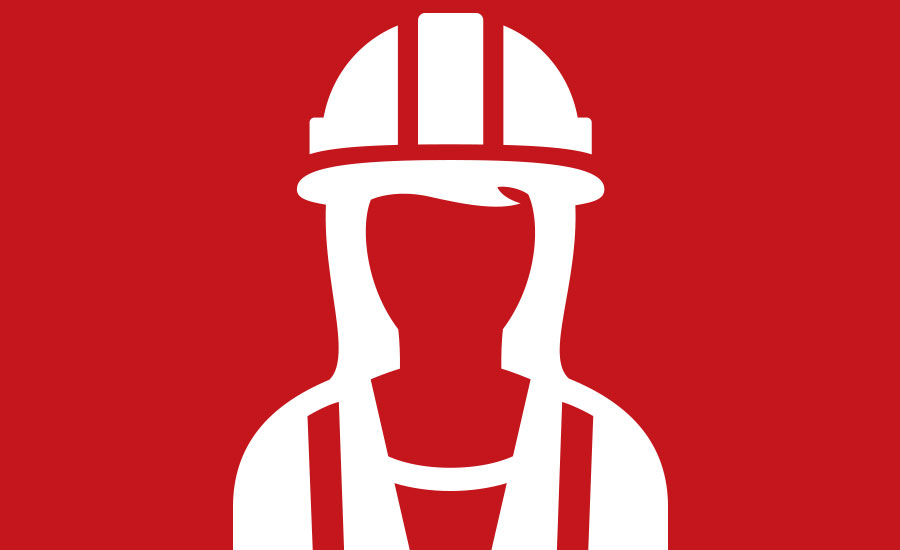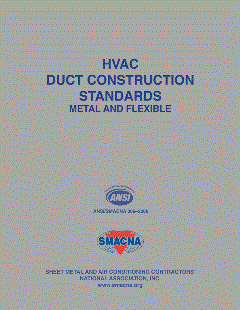As the U.S. workforce continues to evolve, becoming more diverse in the process, so too must our industry. A diversifying workforce is not only inevitable, it is necessary to remain competitive. After all, a diverse workforce make businesses more competitive by bringing different perspectives and experiences to the table, helping to strengthen any company’s culture. The industry proudly recognized “Women in Construction Week” earlier this month. While the annual celebration always goes a long way in raising awareness for diversity and the recognition of trailblazing females in our industry, the reality is that building paths for a diversified workforce in a traditionally male-dominated industry must be a year-round initiative, not just a week-long effort.
As a female leader with more than 30 years in the HVAC industry, I’ve seen firsthand the impact that a diverse and inclusive workplace can have on employers, employees and company growth. So how can our industry better recruit, retain and support women and people of other diverse backgrounds? Whether you’re an industry veteran or a young professional just getting started in your career, everyone must play a role in creating an industry that is inclusive for all.
Here are some lessons I’ve learned over the course of my career about creating a more diverse and welcoming workforce, and finding professional success as a minority in any industry.
On the need for women in the workforce
Women currently make up only nine percent of the construction industry, according to the Bureau of Labor Statistics, and an even smaller percentage in many industry sectors, such as sheet metal. Thankfully, it appears that change is on the horizon as more women continue to seek out careers in traditionally male-dominated sectors, helping bridge the labor shortage gap in many areas. In fact, data from the U.S. Department of Labor shows that if twice as many women started working in the construction field tomorrow, the current labor shortage would practically be erased.
As more women consider entering the skilled labor workforce, companies should understand the benefits of having a diverse bench of employees. A diverse workforce brings about a different dynamic, new perspectives and experiences, and a culture of inclusivity, in addition to potential profitability for the business.
On attracting diverse talent
As a business leader, I have found that the best way to set about hiring a more diverse and inclusive workforce is to focus solely on seeking the best talent. If you hire the best person for the job, regardless of gender, race, religion or sexual preference, you will inherently build a more diverse workforce.
Of course, attracting the best talent can take time, but there are ways to maximize recruitment efforts to ensure a team has the most qualified person for the job. For companies committed to hiring and retaining a diverse workforce, start by considering what changes your company can make to offer benefits and establish a culture that will appeal to those you want to hire.
For example, if your goal is to attract more women to your workforce, you might examine your maternity leave and work scheduling policies. Are your maternity (and paternity) leave policies competitive? How flexible are your scheduling policies for working parents? Keep in mind that by creating policies that appeal to parents, you are likely to attract more potential employees overall; women and men, those with children, and those without. After all, almost everyone is attracted to a company with competitive benefits and a work-life balance.
Beyond benefits and schedules, it’s important to take an honest look at your company culture to consider how it might be perceived by potential employees. Are women and other minorities made to feel welcome? Do your current employees receive training on workplace harassment? For those in labor roles, do you have PPE and uniforms sized appropriately for women?
I’m extremely proud to lead a company, Western Allied Mechanical, that is comprised of approximately 40 percent women across our technical, engineering, and project management roles. While our company has long been committed to hiring a diverse workforce, and fostering a culture in which women are respected and valued as part of the team, the truth is that much of our diversity has come about organically. Female job seekers see the many women within our organization, and can picture themselves succeeding here too. Many of these women have risen within our organization, and now are eager to guide other females through their career paths. It’s a self-perpetuating cycle that continues to help us hire more talented, capable women each year.
Of course, our commitment to diversity extends beyond just women. We employ people of all backgrounds, and diversity has become a cornerstone of our company culture. I’m proud of this commitment to diversity and inclusion, and our business approach that welcomes the best person for the job, no matter their gender or any other identifier.
On the critical role of mentorship
For companies looking to build a culture where women and other minorities can thrive, consider establishing a mentorship program, either formally or informally. The role of a mentor is invaluable in setting employees up for workplace success and satisfaction, especially for those who are minorities in the industry. For women in particular, having female mentors within the industry to ask questions, learn from and find comradery with is essential. From connecting with women across companies, encouraging more women into the industry, or seeking out female talent, leaders can have an impact on how their companies support women in the workplace.
On advice for women in construction
- I believe that the construction, and HVAC industry in particular, offer endless potential and opportunity for people of all backgrounds, and especially for women. I’m often asked what advice I can give to other women in this field. In my more than 30 years in the industry, I’ve a picked up more than a few tips to help guide other women:
- Be confident. As a minority in a workplace, it can be easy to sink back and let others lead, but resist that urge and remember that you were hired because you are the right person for the job. Share your ideas, express your thoughts, and bring energy and passion to your work.
- Be a team player. Focus less on what makes you different from others on a worksite and more on what you have in common, how you can best contribute to the team, how to foster mutual respect and trust and help others to get the job done.
- Have a sense of humor. In any work environment, getting along with colleagues requires that everyone treat each other with respect, patience and a little bit of grace and humor.
- Don’t be afraid to speak up. If you experience inappropriate or discriminatory treatment by anyone – a boss, coworker or client – report it to a supervisor or HR representative.
- Commit to learning something new every day. With three decades of work under my belt, I still find myself learning all the time. Don’t just look to your bosses to teach you, but seek to learn from those at every level of the organization, from interns to senior management.
- Seek out mentors. If your company doesn’t have a program, look for professional development resources or groups, such as SMACNA or SMART, that have supportive groups for women.
Looking Forward
Shifts in the perception of women, and interest by women, in traditionally male-dominated industries, such as construction, HVAC, sheet metal and others, will happen gradually as workforce demands necessitate an infusion of female talent. Those already entrenched in these businesses have a responsibility to make their industries accommodating and welcoming, and I look forward to seeing the many advances that will be made as a result. I encourage you to help celebrate Women in Construction year-round by reaching out to women and all minorities in the industry, supporting those considering a career in the field, and continually revisiting recruitment efforts to ensure diversity and inclusion are at the forefront.
Angela M. Simon is president of Western Allied Mechanical, a leading mechanical contracting company that has been based in the Bay Area of California for over 50 years. Simon started her career as a 22-year-old project manager in the late 1980’s, when there were very few women in construction. Today, she leads the $80 million mechanical contracting firm and more than 220 employees. In 2017, Simon was recognized with the Silicon Valley Women of Influence Award. Simon is also the incoming president of SMACNA, an international trade association representing 1,800 contributing contractor firms and a leader in promoting quality and excellence in the sheet metal and air conditioning industry. Learn more at smacna.org.










